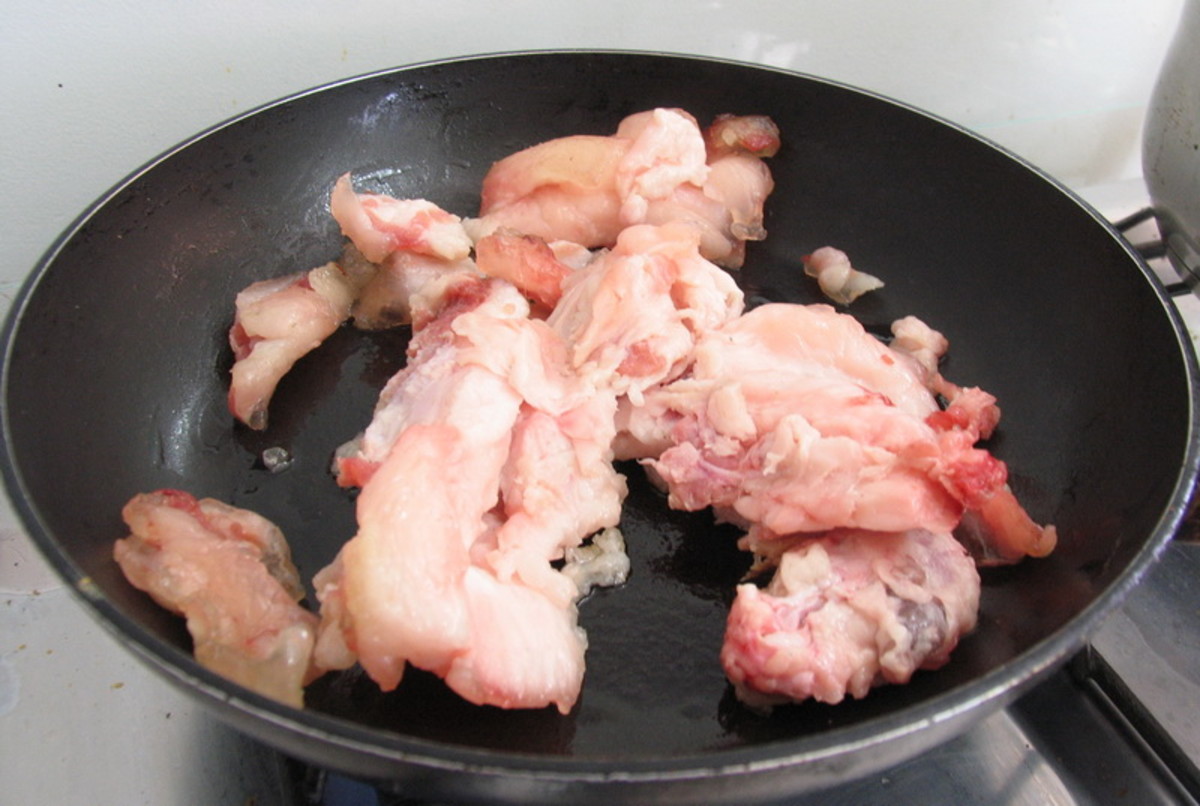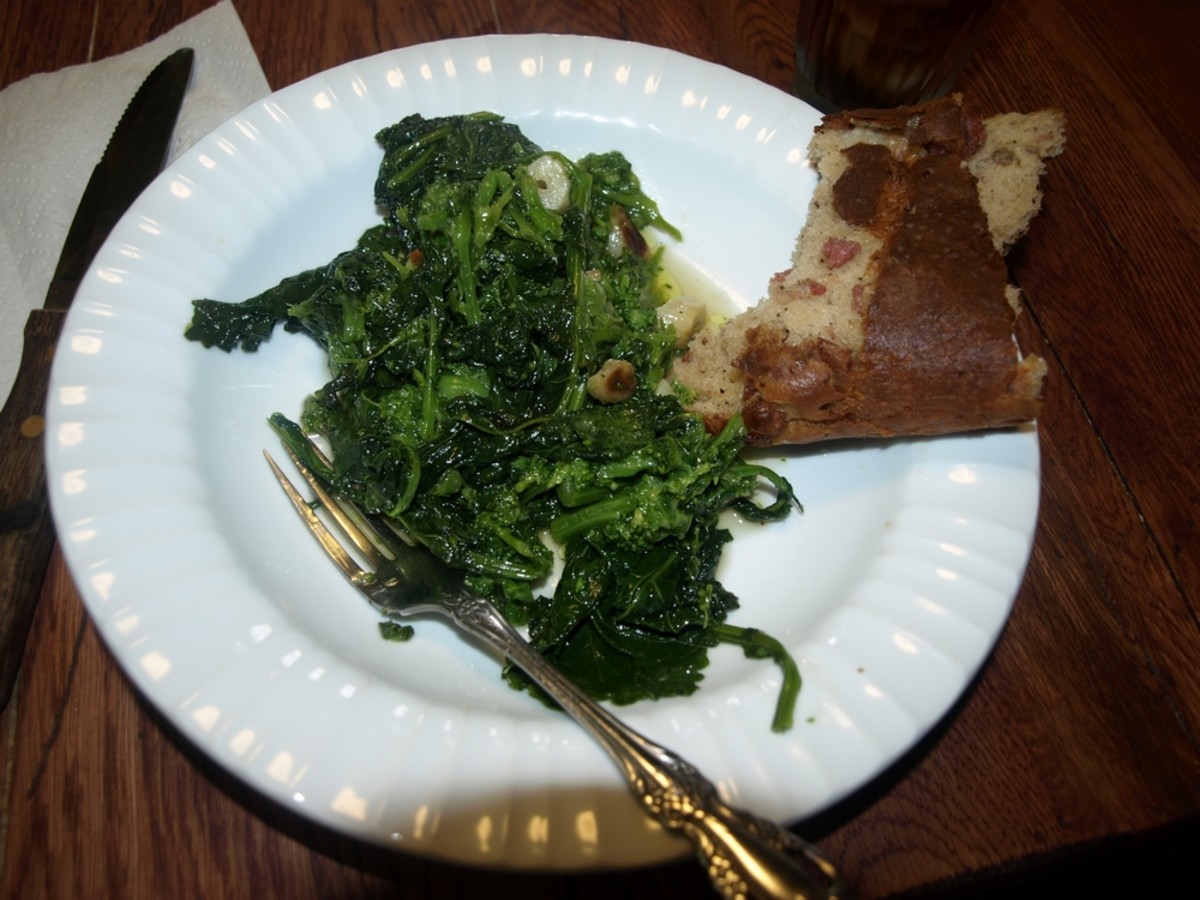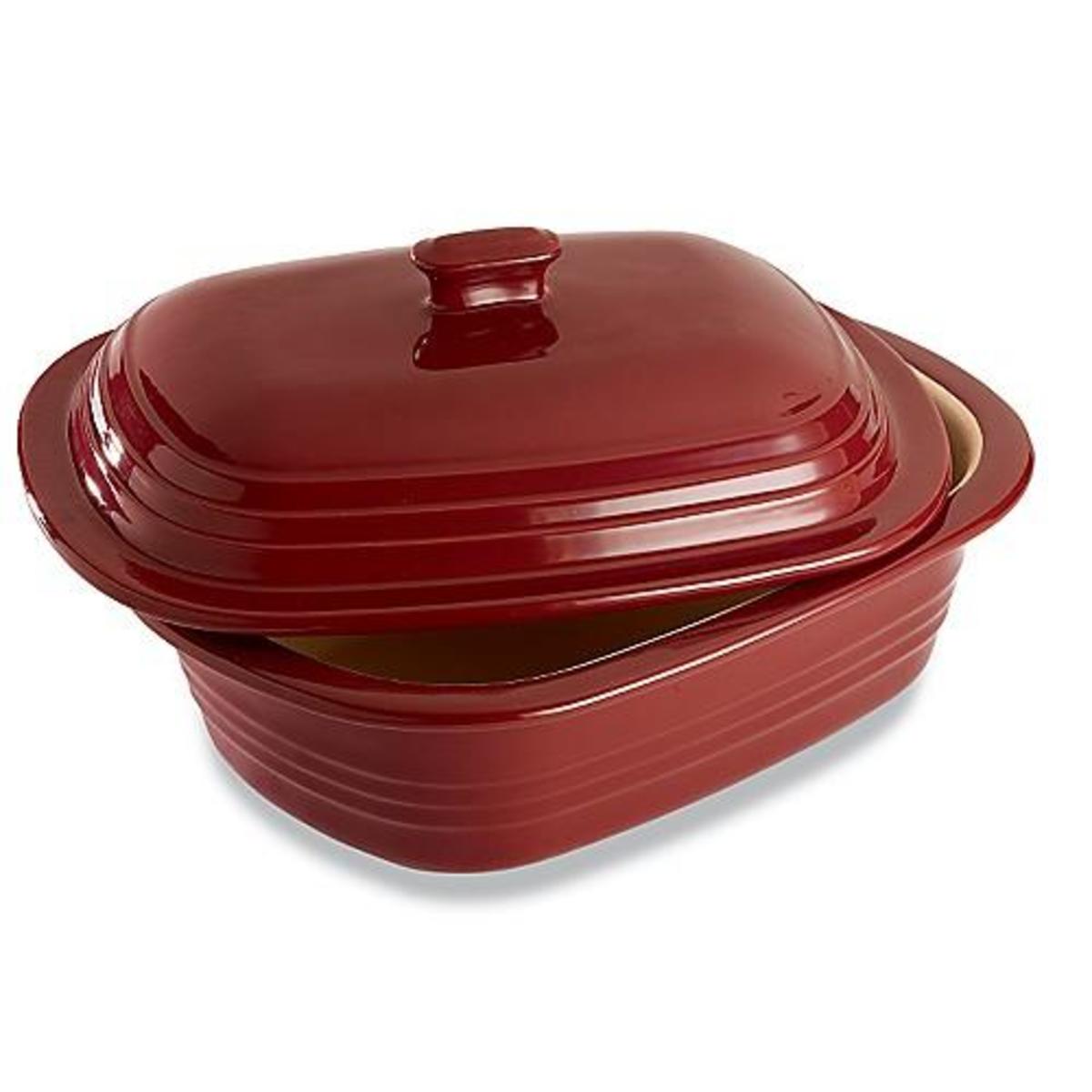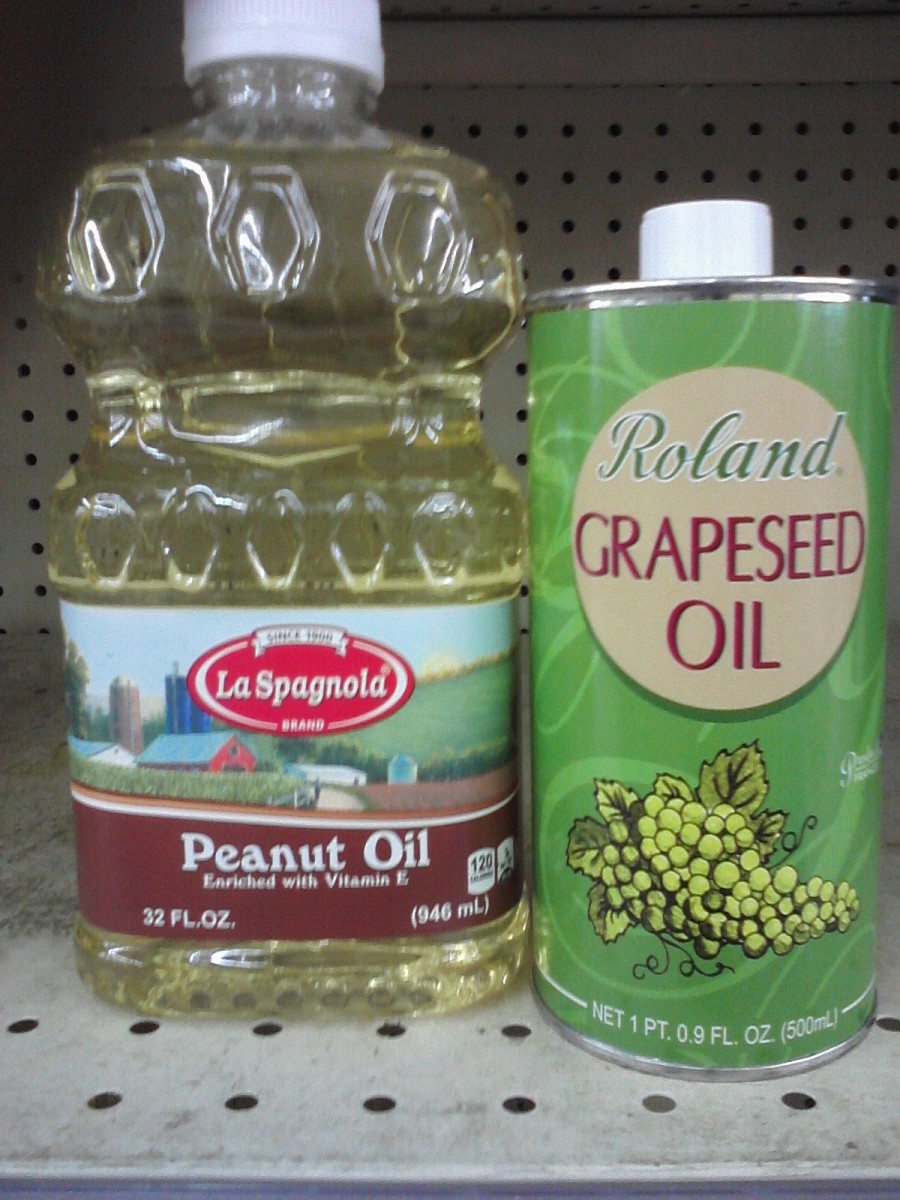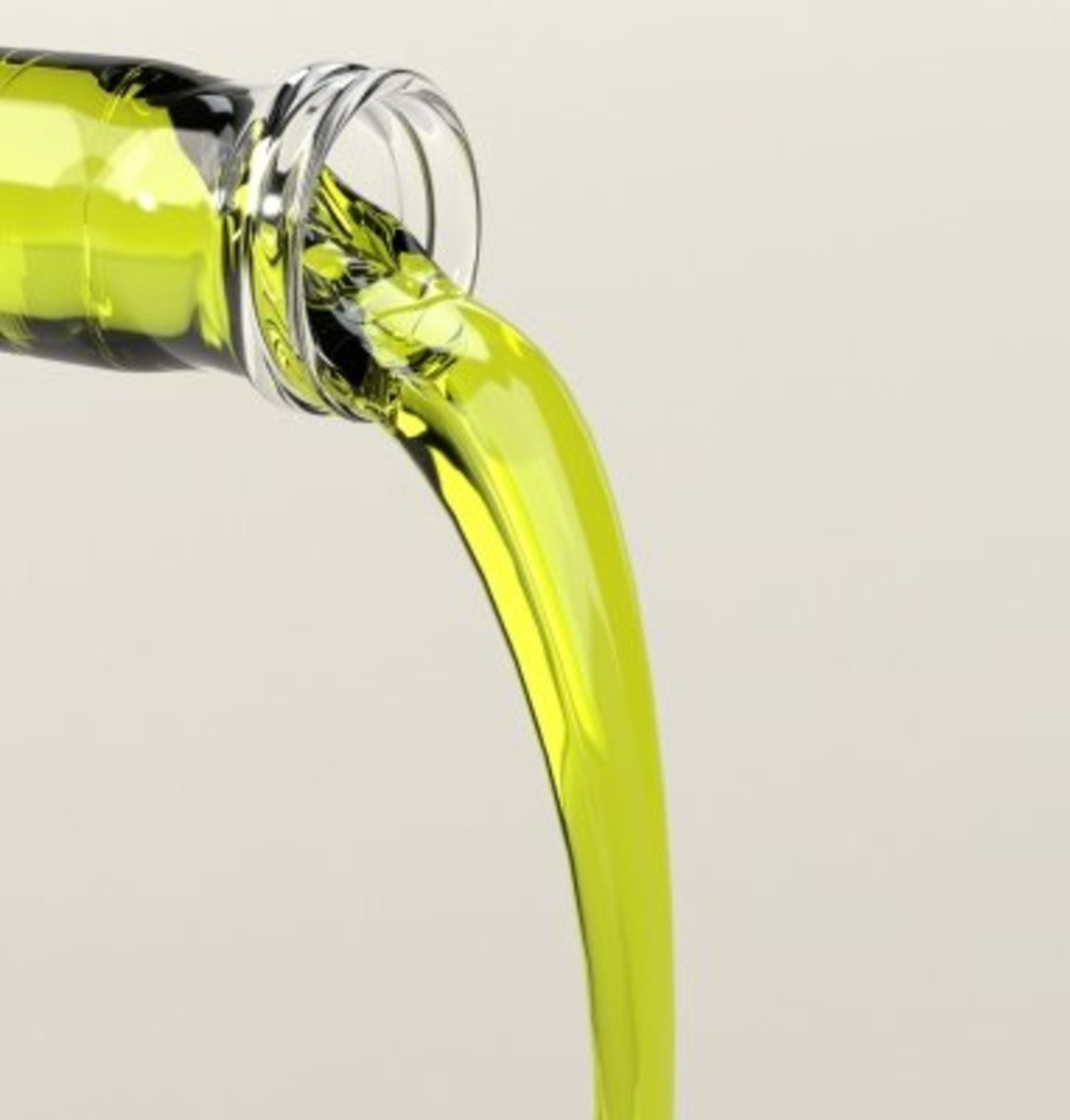How To Render Your Own Lard From Pork Fat
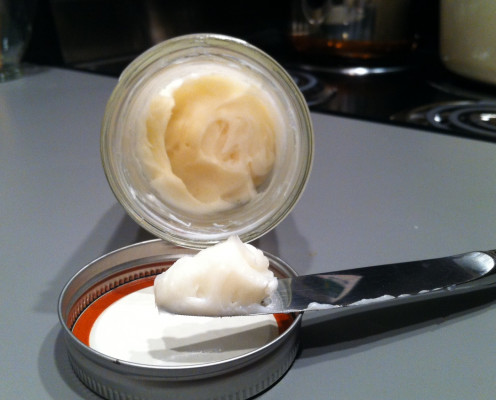
Lard is the rendered fat from pork, and has a smooth and mild flavor. It can be used for all kinds of cooking, just as you would use any other oil or butter. Traditionally lard was used to make many pastries, especially flaky pie crusts. It is also one of the best options to season cast iron pans. Lard was a common and valued food ingredient until the industrial revolution invented cheaper vegetable oils. Today it is valued by pastry chefs, those who follow a Weston A. Price diet, Paleo diet, and those who keep traditional or non-American cuisines.
Lard can be rendered from any section of pork fat, but the best results will come from the harder, subcutaneous fats surrounding the kidneys, and the "fatback". The softer, "visceral" fat surrounding the digestive system can be used, but it is considered an inferior product.
The diet and health of the pigs that provide the fat is paramount. Any toxins (drugs, hormones, pesticides, etc) that the pig ingests will be stored in the fat... ending up in your lard! When buying pork fat, always search for the highest quality possible. This means organic and pastured (not grain-fed) pork. Local farmers, farmer's markets, and Whole Foods Market are good places to find quality pork fat. It is usually very cheap or even free.
Below you will find the instructions on how to render lard. It looks like there are a lot of steps involved, but it is really quite easy! I spelled everything out so that you can make successful lard the very first time!
Ingredients
- 1 lb.+ raw Pork Fat, only get the highest quality you can find: organic and/or pastured
- 1/4 cup water
For this recipe I used a little over a pound of pork fat and yielded 1 1/3 cups of lard. Cooking time may be over an hour if making a larger batch or using very low heat.
Cook Time
Cooking Tools
- Heavy pot, such as enameled cast iron. Other kinds can work, but they should have a thick, quality bottom.
- Large Spoon
- Knife: can be chef's knife, parring knife, or scissors.
- Cutting board
- Measuring cup for water
- Strainer
Instructions
- Gather your tools and make sure they are clean. The fat should not be frozen.
- Cut or slice the pork fat into smaller pieces, about an inch in size. This will ensure even rendering and aid in stirring.
- As you cut the fat, remove any bits of meat or veins. They will ruin the flavor of the lard.
- Place fat pieces and water into a heavy pot. The water will protect the surface of the pot until the fat begins to melt, and then it will evaporate away.
- Turn heat on low. I rarely need to go above 2 (out of 8), and usually leave it to simmer on low or 1. If your heat is too high, the oil may begin "popping" violently and your lard will taste burnt.
- Stir frequently! Some pieces might stick to the pot. If this happens too much or too often, your heat is probably on too high. Once the fat begins to melt, the pieces will change color to grey and then brown, and the liquid will bubble profusely (but not explode).
- The lard is finished when the cracklings (the brown fat pieces that are left) are no longer floating and there are very few bubbles. If all of them are floating and bubbling away, simmer it longer. If you are not sure, it is safer to end it too soon rather than too late (over-heated/burnt oil is not healthy for consumption!).
- When done, remove from heat and let it cool for a few minutes.
- Remove cracklings either by scooping them out or straining them as you carefully pour the lard into a glass container. These are also edible as a snack, salad topper (like croutons), or a tasty treat for your dog.
- The lard will appear a golden color when melted, but turn creamy white as a solid. The texture should be smooth and silky.
- Store your lard in a covered glass container in your fridge. It should last several weeks. If the lard forms rings as it chills, just stir it until it is blended together.
©StandingJaguar
Step-By-Step Picture Guide
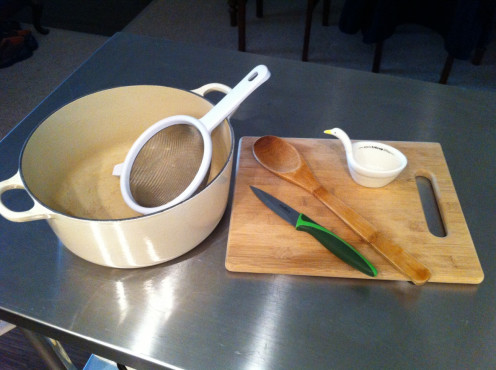
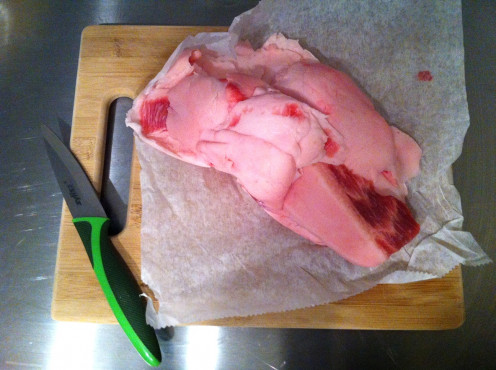
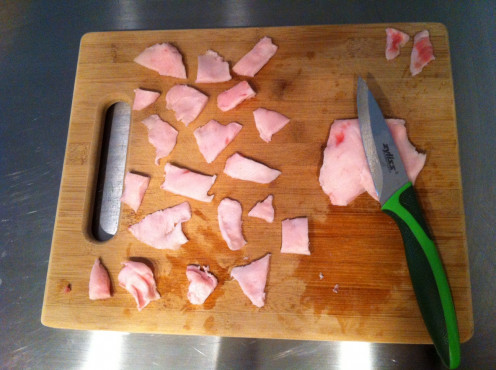
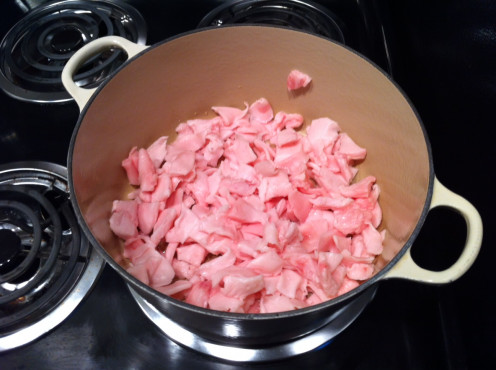
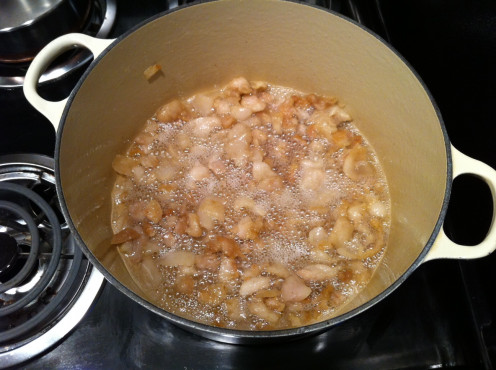
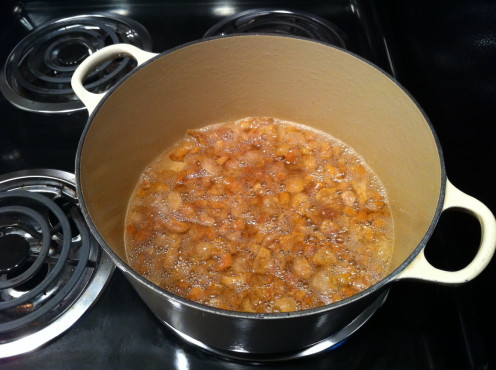
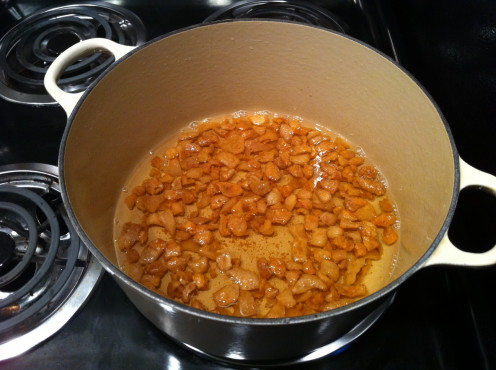
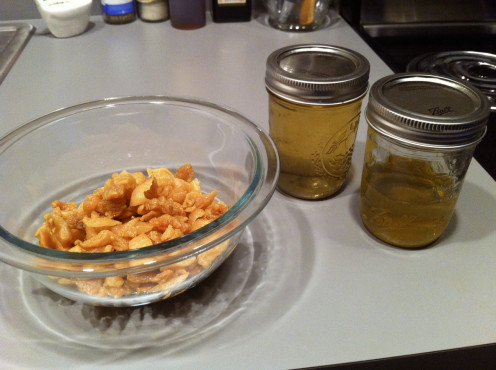
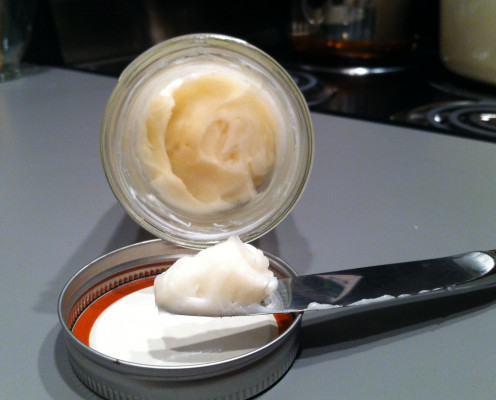
©StandingJaguar

